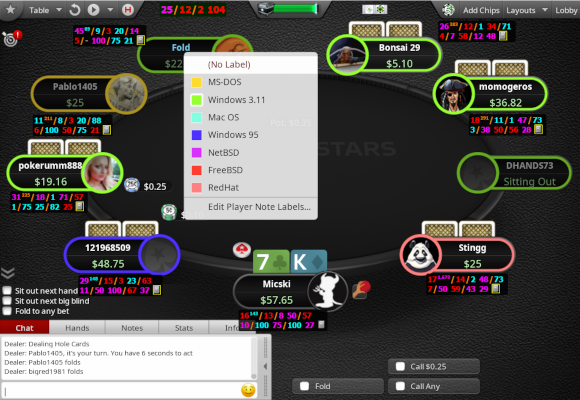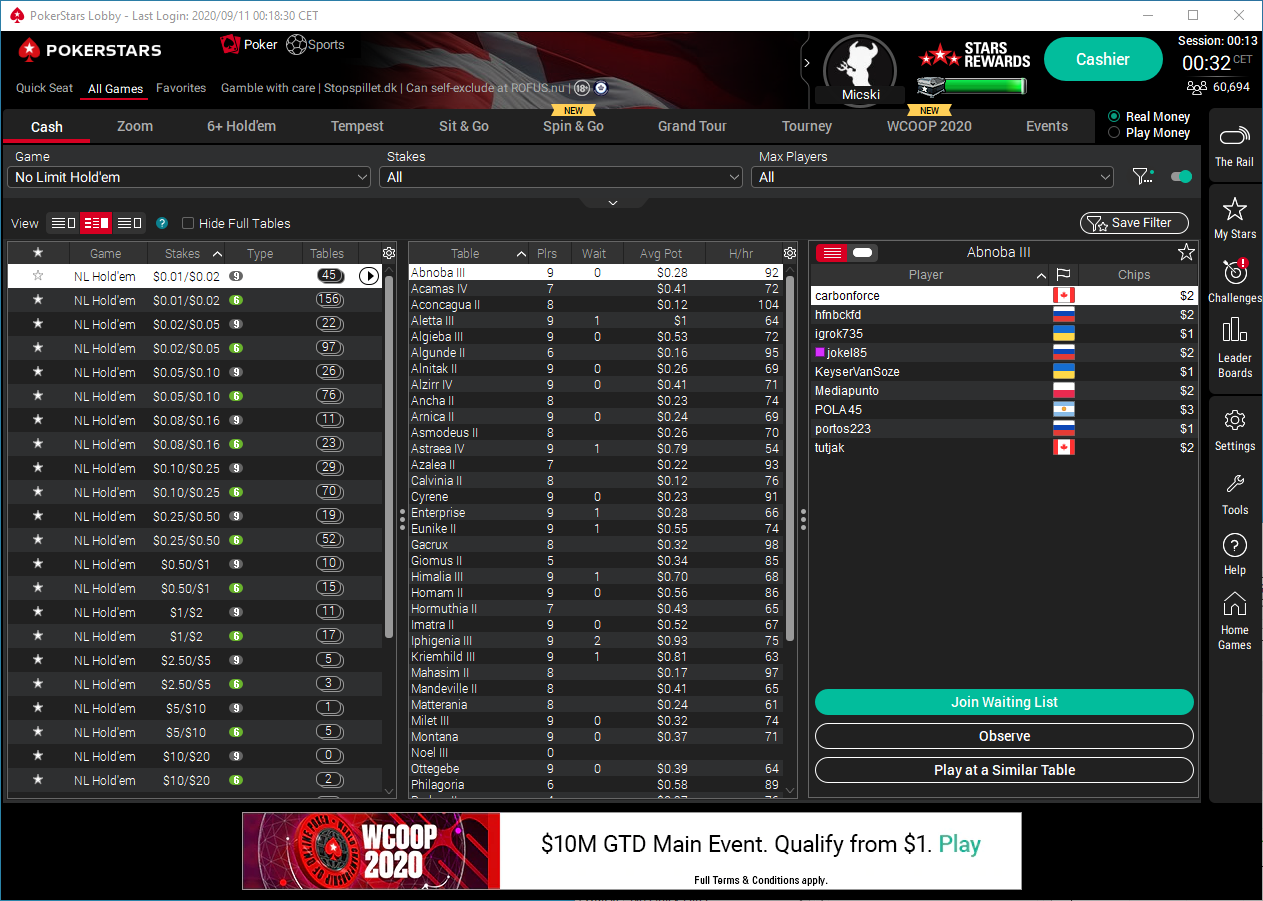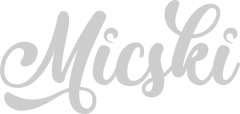If you color code your opponents by player type at the poker tables, then you can quickly determine the action versus that specific player.
When you play poker, it is important, that you know, how your opponent think and play his hands, so you handread and apply the most optimal line or strategy. Every player is different, but it helps, if you group them into more well defined player types and develop a strategy for each player type. This is also called player profiling.
If you color code your opponents by player type at the poker tables, then you can better spot interesting tables in the lobby, quickly identify the player types at the tables and quickly determine the correct strategy versus that specific player type. It also encourages you to regularly check their statistics and change the color code, when you notice, that they have improved, or, that your lower sample size has indicated a wrong player type. The color coding can also help you to better position yourself in relation to the other players.

I like to color code poker players by player type and also associate each color by a name of an operating system, that matches the player style. This comes from my background, working with computers. I have seen other players use other, and funny, associations. Whatever helps you to accurately identify the player types and apply the optimal strategy at the tables. You might also just use the colers itself. The colors, I use, follows the concept of temperature: A cold color will indicate a more passive and wacky player, while a warmer color will indicate a more aggressive and experienced player.
Green is the color of hope, which very well indicates the main strategy of certain players. Yellow is the color of toxic, which indicates a very tight and nitty type, who only playes the strongest cards. The dark blue indicate a some degree of control, but with actions out of limited sight. These are all level 0 or level 1 players, which means, that their throught proces is, where to put the beer, and, whether they have a hand or not. These players can not hand read, and have no idea, what you are doing, and you can not read these players from their actions and you can certainly not bluff these players of their hand. They insist on seeing your cards at showdown.
The light blue and light red indicates a player, who has some years of experience, an understanding of ranges and basic strategy, but lacks some more advanced elements of poker, such as aggresion and postflop skills. These players thinks at level 2, which means, that they do think about, how strong their hand is according to the pot and action, and, they think about what hand their opponents could have according to the action.
The solid red and purple indicates a player, who has many years of experience and a solid understanding of poker strategy at basic and advanced level, which not only is about postflop skills, but also other elements of poker, such as bankroll management, mental games, exercizing and diet. These players are thinking at level 3 and 4, which means, that they not only think about their opponents ranges, but also, how their opponents will percieve their ranges and thereby denying opponents of their equity and realizing their own with marginal hands. They might even think about the adjustments, that their opponents might make to the percieved ranges. They will have wider ranges, higher aggression and bigger bankrolls for this reason.

I like to associate the passive fish with a user of Windows 3.11, which was an unstable system with frequent meltdowns for the recreational users. The aggressive fish uses Windows 95, which was also an unstable system with frequent meltdowns, but for the more sporadic and tempered gaming users, that had some knowlegde about using a computer. Nits uses MS-DOS, which was a tight, stable and fast, but limited system. The weak TAG uses Mac OS, which is a calm and stable system for the stubborn user, but has many flaws under the neat surface. The TAG uses RedHat, which is a solid and stable Linux based system for the experienced user, but with a few oddities from the past. The SLAG uses FreeBSD, which is a rock solid, stable and advanced Unix-like system for the highly experienced user with a solid understanding of operating systems and data processing. The LAG uses NetBSD, which is like FreeBSD and in the BSD family, but for the even more experienced user.
